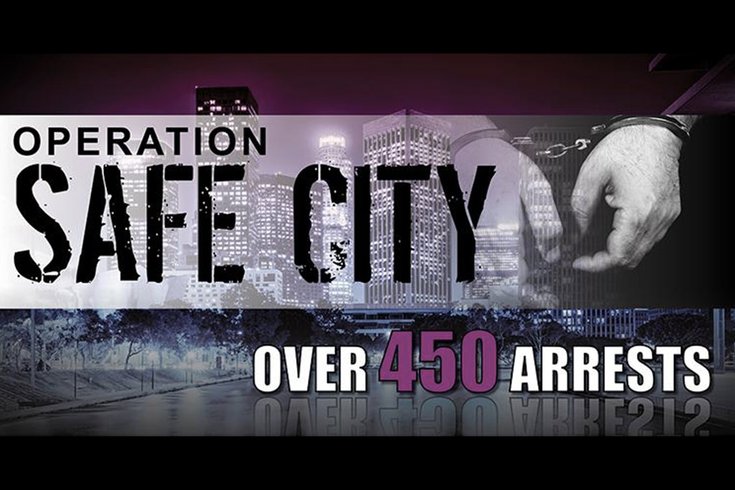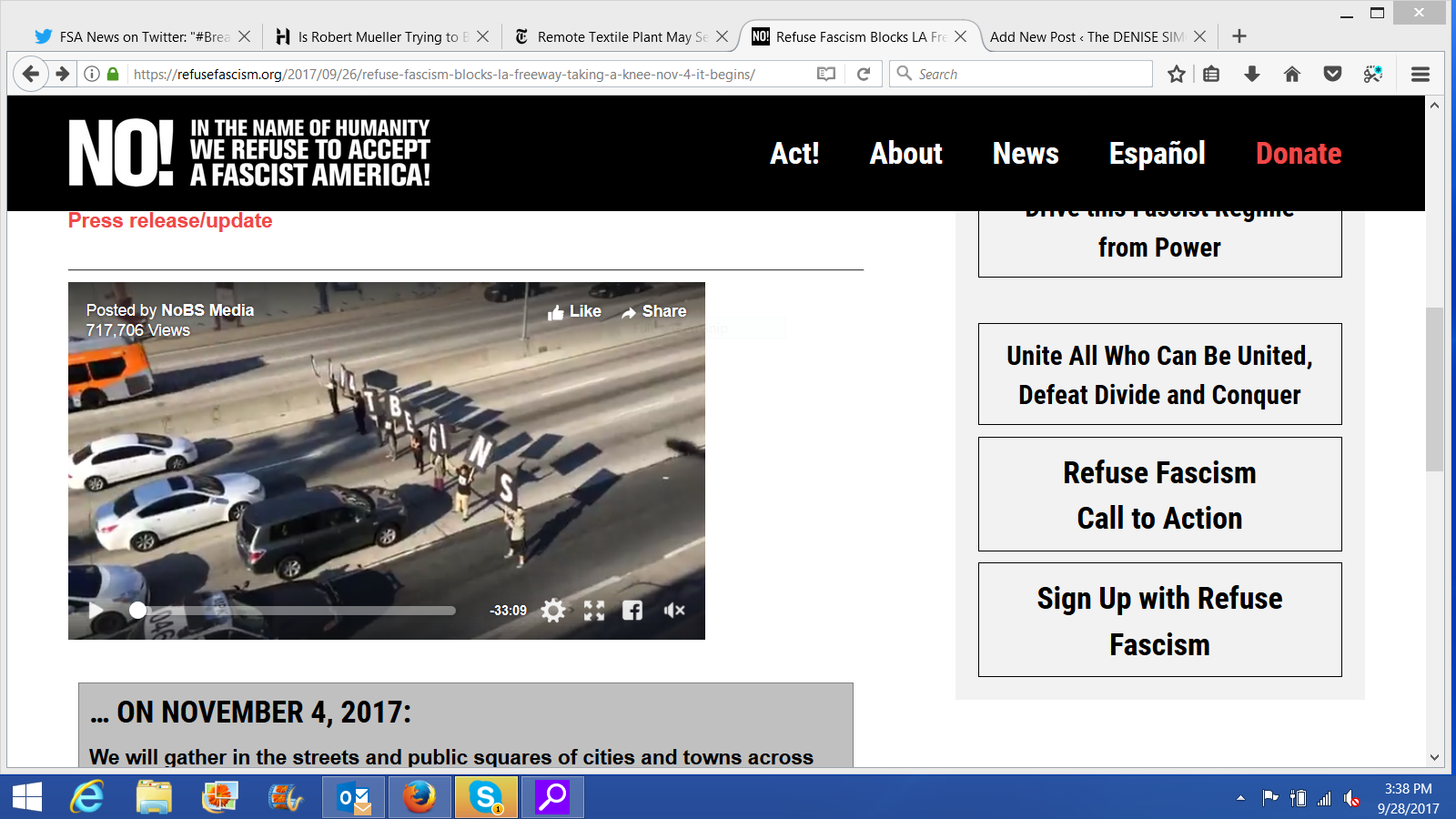Sounds great until one notices there is little or no action in Cook County, Illinois, meaning Chicago.
Going back to 2013:
Chicago is the gang capital of the United States. According to the Chicago Crime Commission, a 2012 Chicago Police Department gang audit found there are more than 600 gang factions in the city, with a minimum combined membership of 70,000. As the number of gangs in the city increase, it’s difficult for gangs to control large areas. Instead, gangs cling to streets. Territory disputes mean increased rivalry and as a result, more shootings.
In 2011, a quarter of the 433 homicides in Chicago were gang motivated according to the Chicago Police Murder Analysis; 83 percent of all homicide victims died as a result of shootings.
The Chicago Crime Commission and Chicago Police Department generally define a gang as a group of individuals with regular meeting patterns, have recognizable geographical territory (typically identified by graffiti), leadership structure, a stated purpose or manifesto, and various levels of an organized, continuous course of criminal activities. More here.
By all statistical measure, nothing has improved in Chicago, rather official reports reveal otherwise. So, why is Chicago getting a pass on this? Could it be political correctness, ground zero for illegals and gangs and of course Mayor Rahm Emanuel protecting the sanctuary city status?
As recently as 2016:
Leaders from three Chicago gangs reportedly met last week to discuss plans to kill police officers in response to the officer-involved shooting death of 18-year-old Paul O’Neal.
The Chicago Sun-Times, citing an alert issued to Chicago officers, reported Monday that the meeting took place on Thursday between the gangs Vice Lords, Black Disciples and Four Corner Hustlers.
According to the paper, the Four Corner Hustlers have “provided guns” and pinpointed a “sniper in place.” However, authorities are still unsure where the alleged sniper spot is placed. The gang is also funneling weapons to the other two gangs.
3,800 Gang Members Charged in Operation Spanning United States and Central America
Senior law enforcement officials from the United States, El Salvador, Guatemala and Honduras announced here today criminal charges against more than 3,800 MS-13 and 18th Street gang members in the United States and Central America in a coordinated law enforcement action known as Operation Regional Shield. The charges were announced by Acting Assistant Attorney General Kenneth A. Blanco of the United States, Attorney General Douglas Meléndez of El Salvador, Attorney General Thelma Aldana of Guatemala, and Attorney General Oscar Chinchilla of Honduras, marking the six-month anniversary of the commitment to combat transnational organized crime initiated in March by U.S. Attorney General Jeff Sessions, together with the Attorneys General of the three Central American countries.
The more than 3,800 individuals charged announced today include over 70 individuals in the United States in California, Maryland, Massachusetts, New York, Ohio and Virginia. Law enforcement officers seized six firearms and charged 284 gang members in Guatemala; seized 14 businesses and 11 luxury vehicles and arrested 12 MS-13 money launderers in Honduras; and filed 3,477 criminal charges, resulting in more than 1,400 arrests in El Salvador.
Cases resulting from Operation Regional Shield include:
· One indictment unsealed yesterday in the District of Massachusetts charges Edwin Manica Flores aka Sugar, Chugar and Shugar, an MS-13 leader incarcerated for murder in El Salvador, with a RICO conspiracy for alleged criminal activity he directed in the United States as the leader of MS-13’s “East Coast Program.”
· Charges filed in Long Island on July 19 against 17 MS-13 members for 12 murders, including the April 11 quadruple murder of four men in Central Islip; racketeering; attempted murders; assaults; obstruction of justice; arson; conspiracy to distribute marijuana; and firearms.
On February 9, President Donald J. Trump issued an Executive Order on Enforcing Federal Law with Respect to Transnational Criminal Organizations and Preventing International Trafficking to dismantle and eradicate transnational gangs threatening the safety of our communities. Pursuant to that order, Attorney General Sessions has made dismantling transnational gangs, including MS-13, a top priority.
In March, Attorney General Sessions met with his counterparts from the region and developed strategies and concrete plans to give a strong and coordinated response to MS-13’s increasingly transnational criminal activities. Over the last six months, prosecution teams from the region have been sharing information, evidence and best practices to combat the gangs, as well as coordinating simultaneous operations against gangs that affect both the United States and Central America.
“MS-13 is one of the most violent and ruthless gangs in America today, endangering communities in more than 40 states. But under President Trump’s strong leadership, the Department of Justice is taking them off our streets,” Attorney General Sessions said. “Today, we are announcing that our partnership with law enforcement in Central America, has yielded charges against more than 3,800 gang members just in the last six months. More than 70 of these defendants were living in the United States, from California to Ohio to Boston. MS-13 coordinates across our borders to kill, rape, and traffic drugs and underage girls; we’ve got to coordinate across our borders to stop them. That’s exactly what our courageous and professional DOJ agents and attorneys are doing. We will continue to maintain this steadfast policy and dismantle this gang.”
“Studying their modus operandi, we realized tackling [the gangs] would require working jointly with the United States, Guatemala, and El Salvador,” said Honduran Attorney General Chinchilla Banegas. “This approach has allowed us to share information and strike the financial structures of the gangs.”
“We conducted simultaneous operations coordinated among all of our countries impacting the leadership structure of the gangs and with an emphasis on the gang cliques which are generating the most revenues and with the strongest transnational ties,” said El Salvadoran Attorney General Melendez Ruiz.”
“Our citizens demand prompt and effective responses from the security and justice system,” said Guatemalan Attorney General Aldana Hernandez. “We must therefore continue promoting and implementing actions such as Operation Regional Shield that effectively strengthen the rule of law and build safer, more supportive, more prosperous and fairer societies.”
In El Salvador, Guatemala, and Honduras, the investigation into MS-13 is being handled by regional gang prosecutors who receive State Department-funded training and mentoring from the FBI, U.S. Immigration and Customs Enforcement’s Homeland Security Investigations (HSI) and the Justice Department’s Office of Overseas Prosecutorial Development Assistance and Training (OPDAT). With support from State Department’s Bureau of International Narcotics and Law Enforcement, prosecutors from OPDAT helped establish task forces in the region and work with FBI’s local Transnational Anti-Gang (TAG) units, as well as HSI’s Transnational Criminal Investigative Units (TCIUs). These efforts have helped Central American partners convict thousands of criminals, seize over $1 billion in illicit assets, and coordinate on dozens of transnational investigations with their U.S. counterparts.




 photo courtesy CBS
photo courtesy CBS


